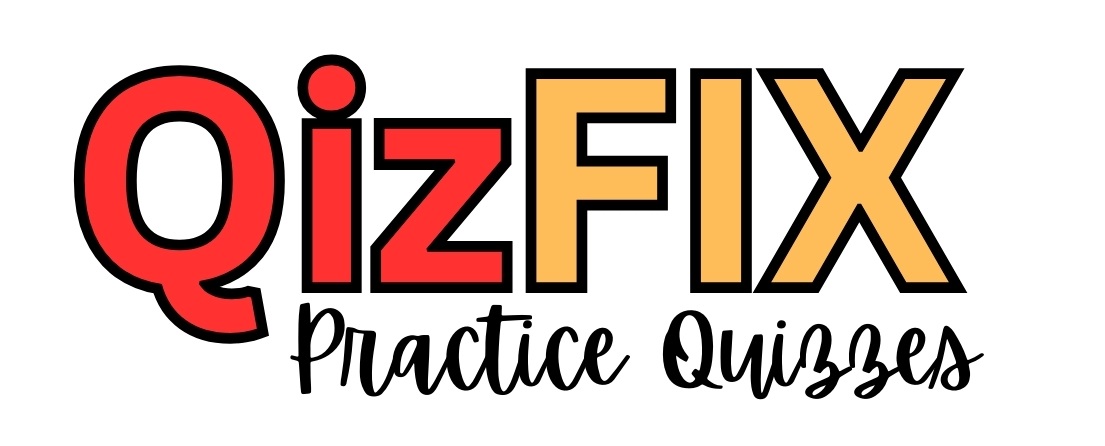1. The set of all possible outcomes of an experiment is
| a. a sample point. |
| b. the population. |
| c. an event. |
| d. the sample space. |
Correct Response
d
2. A perfectly balanced coin is tossed 6 times, and tails appears on all six tosses. Then, on the seventh trial
| a. tail has a better chance of appearing than head. |
| b. head has a larger chance of appearing than tail. |
| c. tail can not appear. |
| d. tail has same chance of appearing as the head. |
Correct Response
d
3. If P(A) = 0.7, P(B) = 0.6, P(A ∩ B) = 0, then events A and B are
| a. non-mutually exclusive. |
| b. mutually exclusive. |
| c. complements of each other. |
| d. independent events. |
Correct Response
b
4. If A and B are independent events with P(A) = 0.65 and P(A ∩ B) = 0.26, then, P(B) =
| a. 0.169. |
| b. 0.400. |
| c. 0.390. |
| d. 0.650. |
Correct Response
b
5. Events A and B are mutually exclusive. Which of the following statements is also true?
| a. P(A ∪ B) = P(A)P(B) |
| b. A and B are also independent. |
| c. P(A ∩ B) = P(A) + P(B) |
| d. P(A ∪ B) = P(A) + P(B) |
Correct Response
d
6. Which of the following statements is always true?
| a. ∑P ≥ 1 |
| b. -1 ≤ P(Ei) <≤ 1 |
| c. P(A) + P(B) = 1 |
| d. P(A) = 1 – P(Ac) |
Correct Response
d
7. If A and B are independent events with P(A) = 0.38 and P(B) = 0.55, then P(A | B) =
| a. 0.550. |
| b. 0.000. |
| c. 0.209. |
| d. 0.380. |
Correct Response
d
8. Six applications for admission to a local university are checked, and it is determined whether each applicant is male or female. How many sample points exist in the above experiment?
| a. 16 |
| b. 4 |
| c. 32 |
| d. 64 |
Correct Response
d
9. Assume your favorite soccer team has 2 games left to finish the season. The outcome of each game can be win, lose or tie. The number of possible outcomes is
| a. 4. |
| b. 9. |
| c. 2. |
| d. 6. |
Correct Response
b
10. A lottery is conducted using three urns. Each urn contains chips numbered from 0 to 9. One chip is selected at random from each urn. The total number of sample points in the sample space is
| a. 729. |
| b. 30. |
| c. 100. |
| d. 1,000. |
Correct Response
d
11. The counting rule that is used for counting the number of experimental outcomes when n objects are selected from a set of N objects where order of selection is not important is called the
| a. counting rule for independent events. |
| b. counting rule for multiple-step experiments. |
| c. counting rule for permutations. |
| d. counting rule for combinations. |
Correct Response
d
12. If X and Y are mutually exclusive events with P(A) = 0.295, P(B) = 0.32, then P(A | B) =
| a. 1.0000. |
| b. 0.0000. |
| c. 0.6150. |
| d. 0.0944. |
Correct Response
b
13. A six-sided die is tossed 3 times. The probability of observing three ones in a row is
| a. 1/27. |
| b. 3/6. |
| c. 1/216. |
| d. 1/6. |
Correct Response
c
14. Two events with nonzero probabilities
| a. are always independent. |
| b. can not be both mutually exclusive and independent. |
| c. can be both mutually exclusive and independent. |
| d. are always mutually exclusive. |
Correct Response
b
15. From nine cards numbered 1 through 9, two cards are drawn. Consider the selection and classification of the cards as odd or even as an experiment. How many sample points are there for this experiment?
| a. 9 |
| b. 4 |
| c. 3 |
| d. 2 |
Correct Response
b
16. A collection of sample points is
| a. an intersection. |
| b. a permutation. |
| c. an event. |
| d. a union. |
Correct Response
c
17. Posterior probabilities are
| a. simple probabilities. |
| b. conditional probabilities. |
| c. marginal probabilities. |
| d. joint probabilities. |
Correct Response
b
18. Each customer entering a department store will either buy or not buy some merchandise. An experiment consists of following 4 customers and determining whether or not they purchase any merchandise. How many sample points exist in the above experiment? (Note that each customer is either a purchaser or non-purchaser.)
| a. 16 |
| b. 2 |
| c. 12 |
| d. 4 |
Correct Response
a
19. An experiment consists of selecting a student body president and vice president. All undergraduate students (freshmen through seniors) are eligible for these offices. How many sample points (possible outcomes as to the classifications) exist?
| a. 8 |
| b. 4 |
| c. 32 |
| d. 16 |
Correct Response
d
20. If A and B are independent events with P(A) = 0.35 and P(B) = 0.20, then, P(A ∪ B) =
| a. 0.62. |
| b. 0.55. |
| c. 0.07. |
| d. 0.48. |
Correct Response
d
